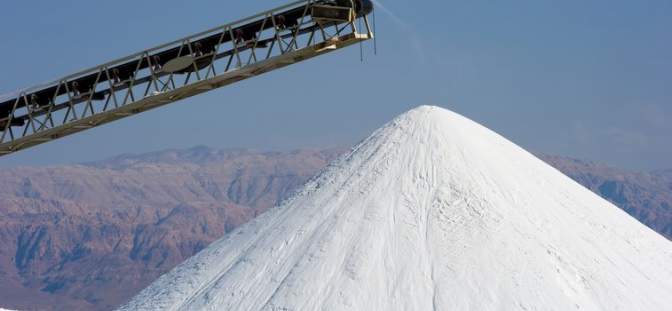Agriculture is the main driving force behind potash demand and the consumption of potash is directly linked to the needs of agricultural sector and varies with changes in agricultural prices. Potash helps increase crop yields, accelerate their growth, improve plant quality, and also reduce water needs. The scholars and experts in the field have observed the following pattern in the interaction between the price of potash, the price of crops and the demand for fertilizers: Lower prices of agricultural commodities tend to lead to the reduction in fertilizer demand. It is thus not surprising that demand or use of potash increases when its price drops.
This period of relatively ‘cheap potash’ will likely contribute to higher demand for this commodity among farmers around the world. This development will then convince them to continue using potash even after its prices predictably rise again. China, Brazil and the United States – each of them using on average some 10 million tons – use more than half of the 62 million tons of potash that Macquarie expects will be consumed in 2018. Although being perhaps the most powerful force in determining its price, China ranks only as the third largest potash importer (6.1 Mt in 2014, 6.9 Mt in 2018).
While Brazil is the main importer of potash, the main consumer is the US, which imports as well as produces potash. Potash demand is rising fastest in such other major Asian countries as Indonesia, Malaysia and India. The demand in Indonesia and Malaysia is driven by the large potash amounts needed to stimulate the cultivation of palms for palm oil which is used in a number of applications and as a biofuel. Finally, the near-future scenario for potash could be summarized as one that will be marked by a slower growth of supply and improving demand, which will lead to a price recovery in the next few years.




